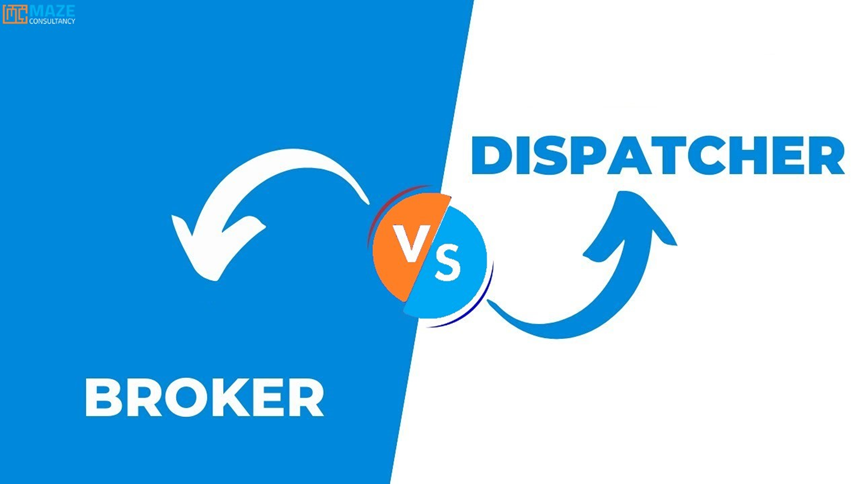Certainly! Here’s a detailed and original explanation of smuggling through truck dispatching, including how it occurs, the challenges in detecting it, and the measures taken to combat it:
How Smuggling Occurs Through Truck Dispatching
- Concealment Techniques:
- Hidden Compartments: Smugglers often build secret compartments within trucks to hide illegal items. These compartments can be ingeniously designed to evade detection during routine inspections. They might be hidden in areas like truck beds, fuel tanks, or even within cargo containers.
- Disguised Cargo: Smugglers may hide contraband within legitimate shipments. For example, drugs or weapons could be concealed inside machinery or agricultural products, making it difficult to distinguish the illegal items from the legal ones.
- Use of Legitimate Fronts:
- Falsified Documentation: To mask illegal activities, smugglers often use fake or altered shipping documents. These documents may list the cargo as something benign and lawful, deceiving inspectors and law enforcement.
- Front Companies: Some smuggling operations are conducted through seemingly legitimate businesses, such as trucking companies that might be used to transport illegal goods unknowingly or be complicit in the smuggling.
- Diversion Tactics:
- Route Changes: Smugglers may alter their routes to avoid detection. They might choose less scrutinized roads or change their routes frequently to evade law enforcement checkpoints.
- Multiple Stops: Making numerous stops or switching vehicles can help avoid detection and complicate the tracking of the shipment, making it harder for authorities to pinpoint illegal activity.
- Corruption and Internal Complicity:
- Complicit Employees: Individuals within trucking companies or dispatch services might be involved in smuggling, either by directly participating in the illegal activity or by failing to report suspicious behavior.
- Bribery: Smugglers might use bribery to influence security personnel or inspectors, allowing their illegal shipments to pass through checkpoints without proper scrutiny.
Challenges in Detecting Smuggling
- Volume of Shipments:
- The sheer volume of goods transported daily across the country makes it challenging for authorities to inspect every shipment thoroughly. This high volume creates a logistical challenge for detection efforts.
- Sophisticated Smuggling Techniques:
- Smugglers use advanced methods and technologies to hide their contraband. This can include high-tech concealment techniques that require specialized knowledge to detect and counteract.
- Coordination and Jurisdictional Issues:
- Smuggling often involves multiple jurisdictions and requires coordination between various law enforcement agencies. This complexity can hinder the effectiveness of enforcement actions and make it harder to combat smuggling comprehensively.
Measures to Combat Smuggling
- Advanced Screening Technologies:
- X-Ray and Scanning Devices: Authorities use X-ray scanners and other imaging technologies at checkpoints and ports to inspect cargo for hidden items. These devices help detect concealed compartments or unusual items within shipments.
- Detection Tools: Technologies such as ion mobility spectrometers, which detect traces of drugs or explosives, and specially trained drug-detection canines are used to enhance the detection of illegal substances.
- Data Analysis and Risk Management:
- Risk-Based Targeting: Utilizing data analytics to identify patterns and high-risk shipments allows authorities to focus their inspection efforts more effectively. This approach helps prioritize inspections based on potential risk factors.
- Information Integration: Combining data from various sources, including customs, law enforcement, and logistics companies, helps identify suspicious activities and detect smuggling operations more efficiently.
- Training and Awareness Programs:
- Employee Training: Providing training for dispatchers, drivers, and other trucking company employees helps them recognize signs of smuggling and understand how to report suspicious activities.
- Public Awareness Campaigns: Campaigns aimed at raising awareness about the legal consequences of smuggling and encouraging the public to report suspicious activities contribute to preventing illegal activities.
- Regulatory and Compliance Measures:
- Routine Inspections: Conducting regular compliance checks and audits of trucking companies ensures adherence to legal standards and helps identify potential involvement in smuggling.
- Security Programs: Initiatives like the Customs-Trade Partnership Against Terrorism (C-TPAT) encourage businesses to implement robust security measures and practices to prevent smuggling.
- Enhanced Law Enforcement Collaboration:
- Joint Operations: Collaborative efforts between federal, state, and local law enforcement agencies improve the effectiveness of smuggling interdiction by sharing information and resources.
- International Cooperation: Working with international partners to address smuggling that involves cross-border operations helps tackle global smuggling networks and disrupt their activities.
Examples and Trends
- Drug Smuggling: Smugglers may hide drugs like cocaine or methamphetamine in legitimate shipments. Law enforcement often focuses on identifying unusual patterns or discrepancies in cargo to uncover these operations.
- Human Trafficking: Trucks have been used to transport individuals illicitly, hidden within cargo areas or disguised as freight. Authorities work to identify and dismantle these operations through surveillance and intelligence.
- Counterfeit Goods: The smuggling of counterfeit products, such as fake electronics or pharmaceuticals, is another significant issue. Enforcement agencies monitor for signs of counterfeit operations and collaborate with manufacturers to prevent these activities.
By addressing these challenges with advanced technology, enhanced training, and collaborative efforts, authorities aim to disrupt smuggling operations and ensure the integrity of the transportation and logistics networks.
























